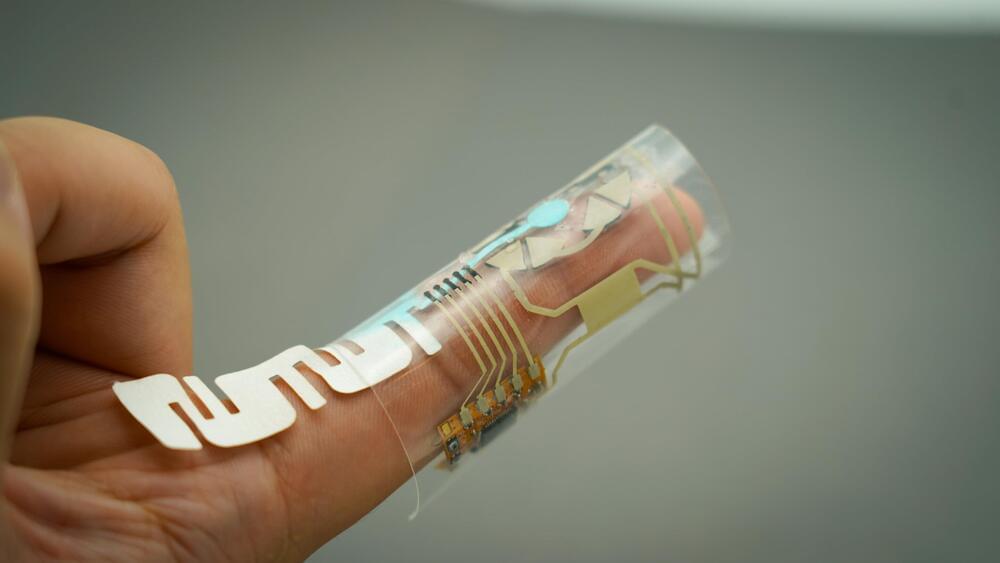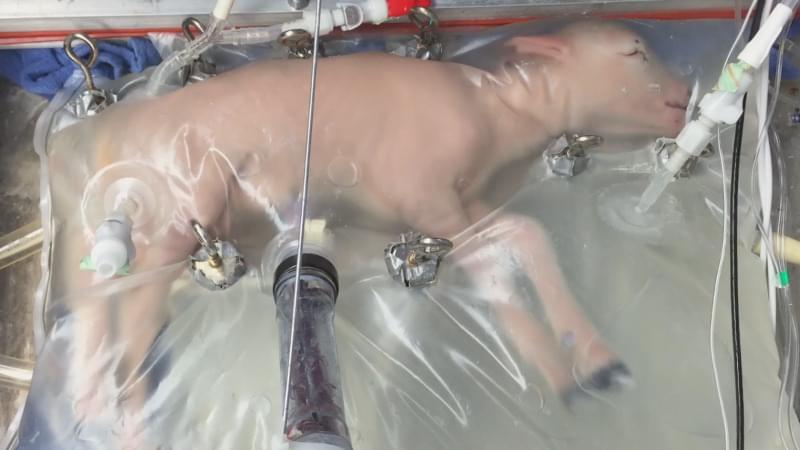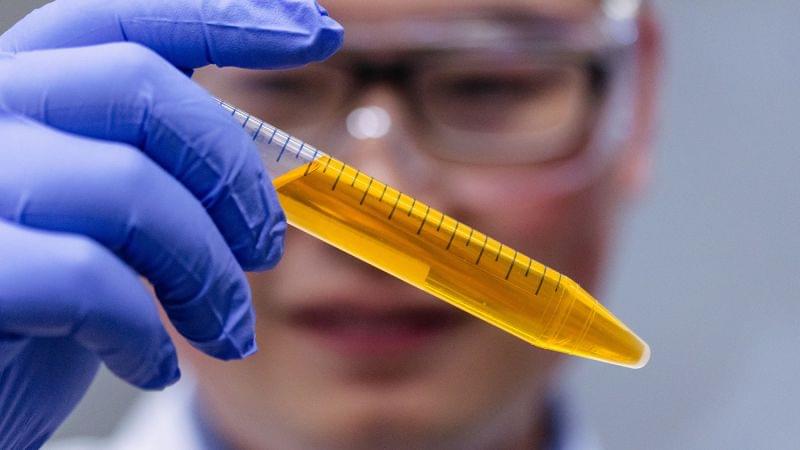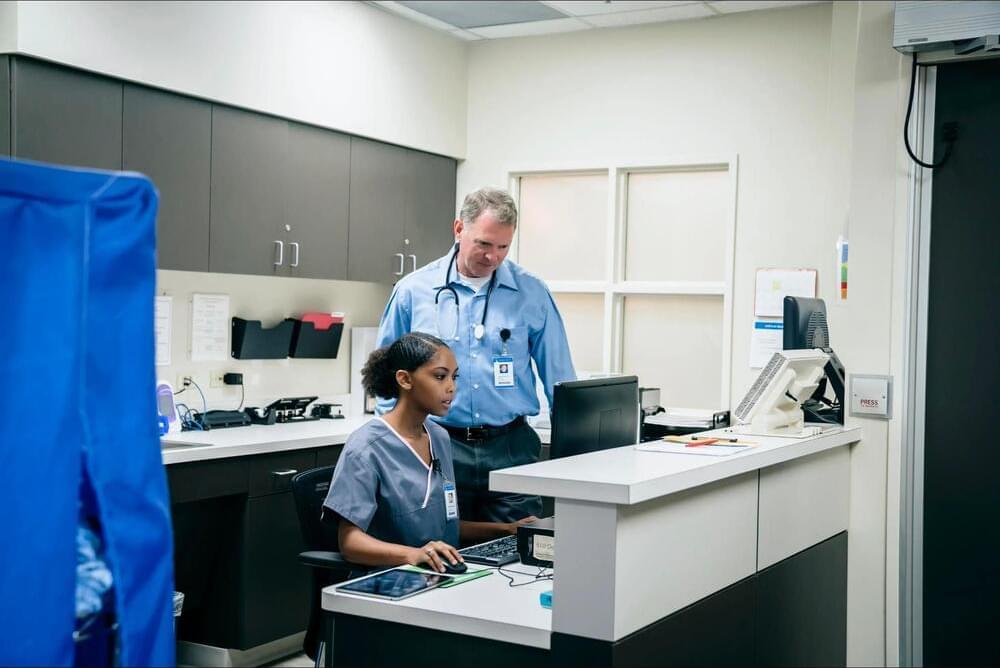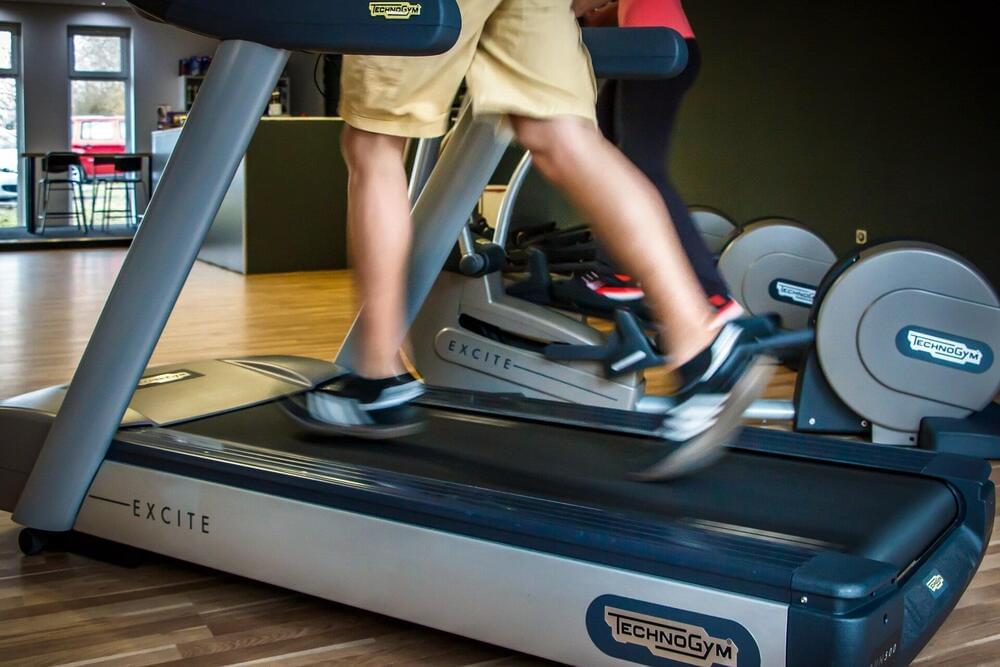Sep 8, 2024
Finger wrap uses sweat to provide health monitoring at your fingertips
Posted by Saúl Morales Rodriguéz in categories: biotech/medical, chemistry, engineering, health, wearables
A sweat-powered wearable has the potential to make continuous, personalized health monitoring as effortless as wearing a Band-Aid. Engineers at the University of California San Diego have developed an electronic finger wrap that monitors vital chemical levels—such as glucose, vitamins, and even drugs—present in the same fingertip sweat from which it derives its energy.
The advance was published Sept. 3 in Nature Electronics by the research group of Joseph Wang, a professor in the Aiiso Yufeng Li Family Department of Chemical and Nano Engineering at UC San Diego.
The device, which wraps snugly around the finger, draws power from an unlikely source—the fingertip’s sweat. Fingertips, despite their small size, are among the body’s most prolific sweat producers, each packed with over a thousand sweat glands. These glands can produce 100 to 1,000 times more sweat than most other areas of the body, even during rest.
